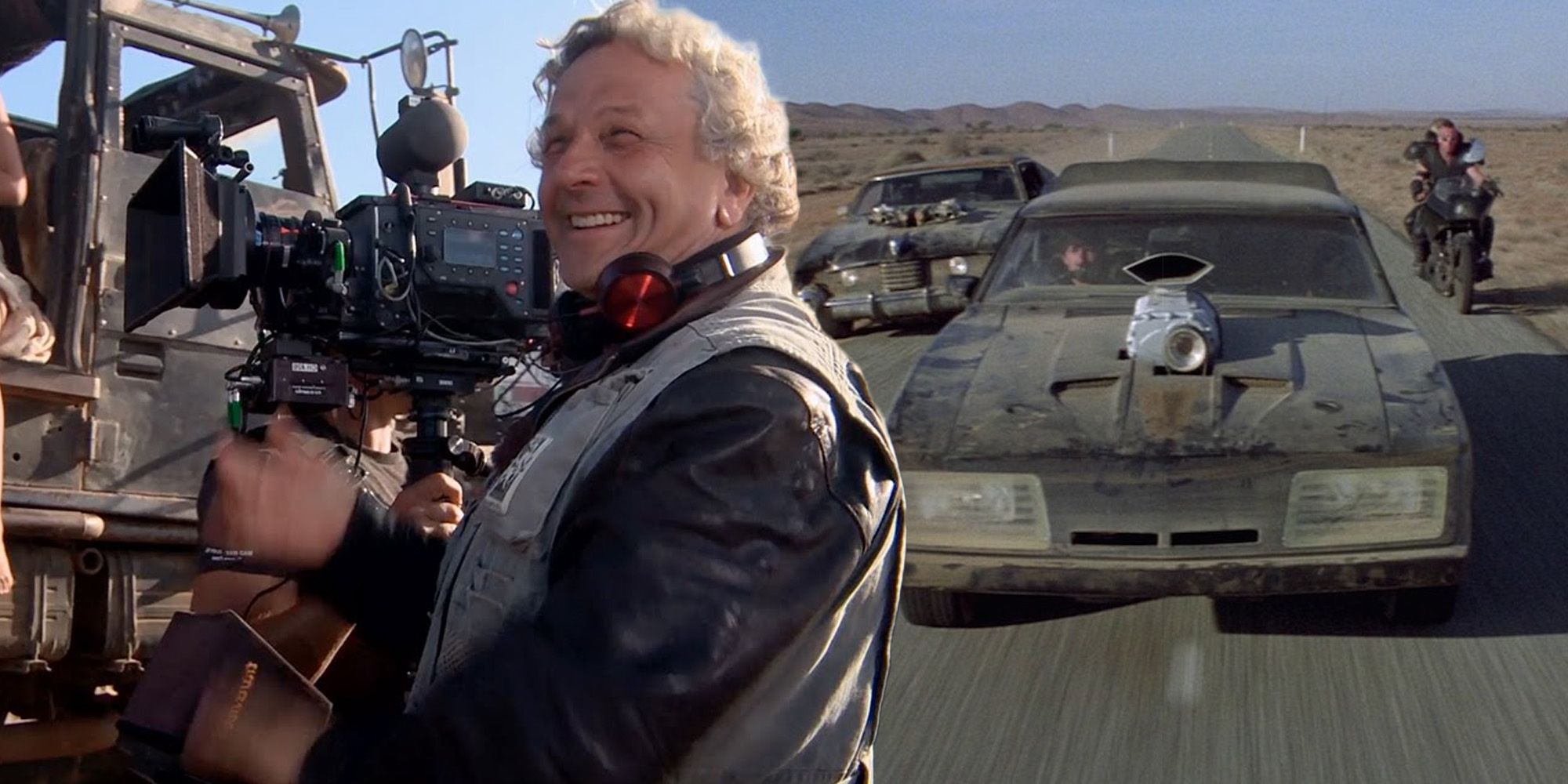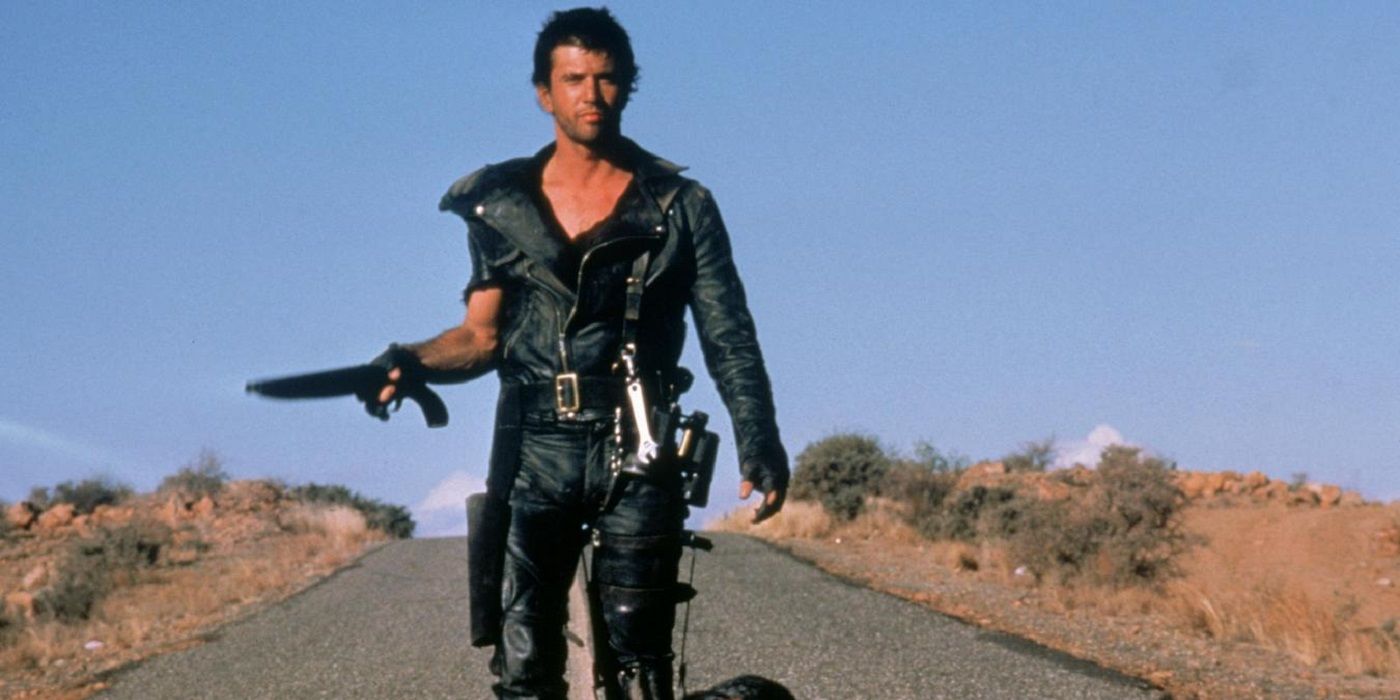Director George Miller worked as an ER Doctor while making the original Mad Max and the work he did had a dark effect on the movie’s sci-fi sequel The Road Warrior. Released in 1979, the original Mad Max is almost nothing like its equally critically acclaimed 2015 sequel Fury Road. A sparse and intense revenge thriller, the movie sees Mel Gibson’s titular police officer stalk and kill a criminal gang whose members are responsible for numerous tragedies that tore apart his personal life.
The first Mad Max sequel, The Road Warrior, signaled a major genre shift for the series as the second movie was a more over-the-top sci-fi set after the end of the world. However, despite this radically different milieu, the sequel still saw Max laying down the law and risking life and limb in high-octane chases to take down psychotic murderers.
What not a lot of viewers know, though, is that director George Miller’s real-life medical background affected the action of the original movie and its subsequent sequels despite their different styles. The celebrated director, who went on to work on Happy Feet and Babe: Pig In the City as well as the Mad Max sequels, was near the end of medical school when he realized that film was his real calling. As a result of the epiphany’s timing, Miller worked as an ER doctor to fund the original low-budget Mad Max, and the trauma he witnessed in the emergency room directly contributed to the series’ grimly realistic action.
Many of the accidents and injuries that Miller treated formed the basis of the movie’s ultra-realistic action, with high-speed car accidents being a relatively common occurrence in his rural Queensland home. The subject of Australia’s lax driving laws and the subsequent high mortality rate was touched on in fellow Aussie auteur Peter Weir’s 1974 darkly satirical debut The Cars That Ate Paris, but only Miller had the upsetting real-life experience in emergency medical treatment to inform The Road Warrior’s depiction of high-speed chases and their tragic aftermath.
Miller was fascinated by the often unrealistic treatment of violence in cinema, with his first cinematic project being the simply titled Violence in Cinema, which dissected the titular subject matter in a matter-of-fact manner that fascinated and repulsed critics in equal measure. The well-staged, realistic action of the Mad Max series remains one of the franchise’s most often-praised elements, and the realism that makes the movies more memorably authentic and raw than many later imitators comes from the helmer’s first-hand familiarity with the realistic consequences of lethally irresponsible driving. George Miller’s The Road Warrior, in particular, is filled with car chases and resulting injuries that, despite the film’s far-fetched future setting, hit with an intense impact even decades later, and it’s thanks to the franchise creator’s intimate experience of treating the aftermath of car crashes that the sequel is so believably brutal.


